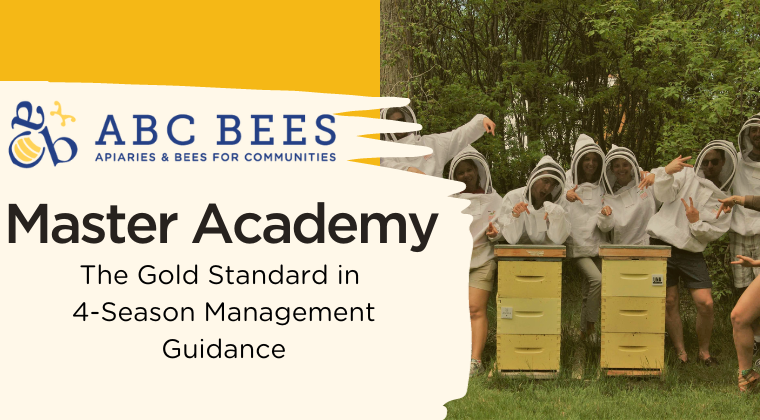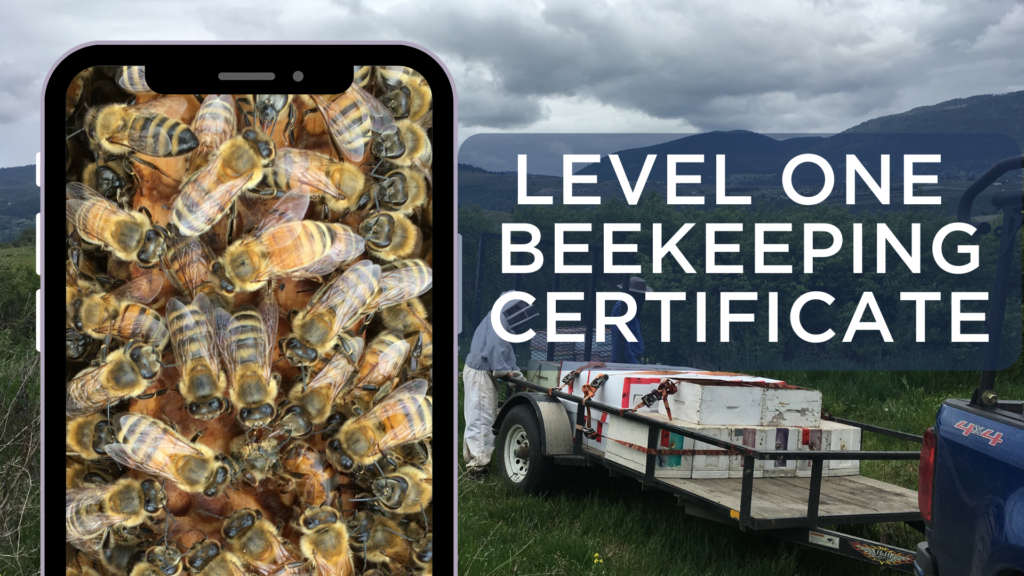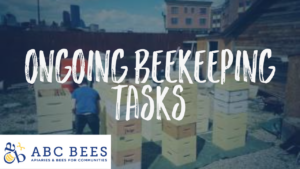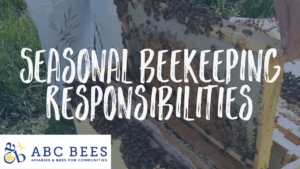Outcomes
Learners will be able to understand the critical role of pollinator habitats, including the significance of pollen and nectar for bee health and colony sustainability.
Key Takeaways
Importance of pollen: Pollen, unique to each flower, not only serves as a source of nutrition but also contributes to the honeybee immune system, fostering colony-wide immunity. Furthermore, the diverse characteristics of pollen grains, shaped by millions of years of evolution, are integral to a flower’s reproductive strategy. These insights underscore the profound connection between pollen, pollinators, and the intricate web of life that relies on successful pollination for the continuation of ecosystems and agriculture.
Pollen Diversity and Evolution: Pollen has evolved for over 130 million years. Floral pollens, especially, are integral to a flower’s reproductive strategy. Pollen acts as a fingerprint of a flower’s DNA and varies in shape, structure, and features like spikes, furrows, and pores. Different pollen characteristics serve to protect the pollen and the DNA within it. The study of pollen is called Melissopalynology.
Pollen, often associated with flowers’ vibrant hues, holds a profound importance in the lives of bees. A single movable frame hive requires an astonishing 252 million flowers over the course of a year. This fact alone highlights the substantial role pollen plays in supporting bee colonies. For foragers, the elder bees, both pollen and nectar are vital sources of sustenance. Pollen grains, each unique to its flower source, serve not only as nourishment for individual bees but also contribute to the colony’s collective immune system, ensuring its health and vitality.
While some pollinators like bumblebees can process pollen and nectar while in flight, honeybees have a more intricate process. They must transport pollen and nectar back to the hive for processing. A single hive requires approximately 30 to 50 pounds of pollen each year to thrive.
Pollen’s story extends back more than 130 million years, marking its evolution as a crucial aspect of floral reproduction. Unique to each flower species, pollen grains hold the genetic blueprint of the plant. These grains come in diverse shapes and structures, from spiky to furrowed, porous to smooth. They’ve evolved to safeguard the flower’s DNA and ensure its propagation, representing the intricate dance of nature’s ingenuity.
The communication between flowers and pollinators goes beyond visual allure. Floral nectar guides, encompassing petal structure, scent, and color arrangement, form a language that entices pollinators to engage with flowers. This strategic interplay ensures that pollinators unwittingly assist in the transfer of genetic material, thereby contributing to the flower’s continued survival and evolution.
The world of pollinators and their habitats, intricately intertwined with the role of pollen, paints a picture of interdependence that spans millions of years. As we explore the hidden world of pollen’s significance, we gain a deeper appreciation for the web of life that sustains our planet—a web in which every grain of pollen plays a vital part.







